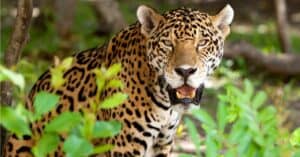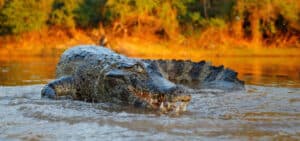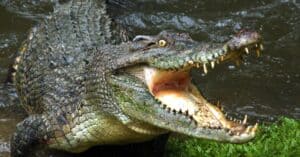One of the two main lineages within the Alligatoridae, the other being alligators, the caiman (sometimes cayman as a variant spelling), is an alligatorid. It belongs to the subfamily Caimaninae. Mexican, Central, and South American marshes, swamps, Mangrove Rivers, and lakes are all home to caimans.
There are a few characteristics that set caimans apart from alligators, who are their closest relatives: they lack a bony septum between their nostrils, have ventral armor made of overlapping bony scutes connected by a suture, have longer and sharper teeth than alligators, and move more quickly and like crocodiles. Ready to learn more? Below are 10 incredible Caiman facts!
1. Caimans Mostly Live in Fresh Water
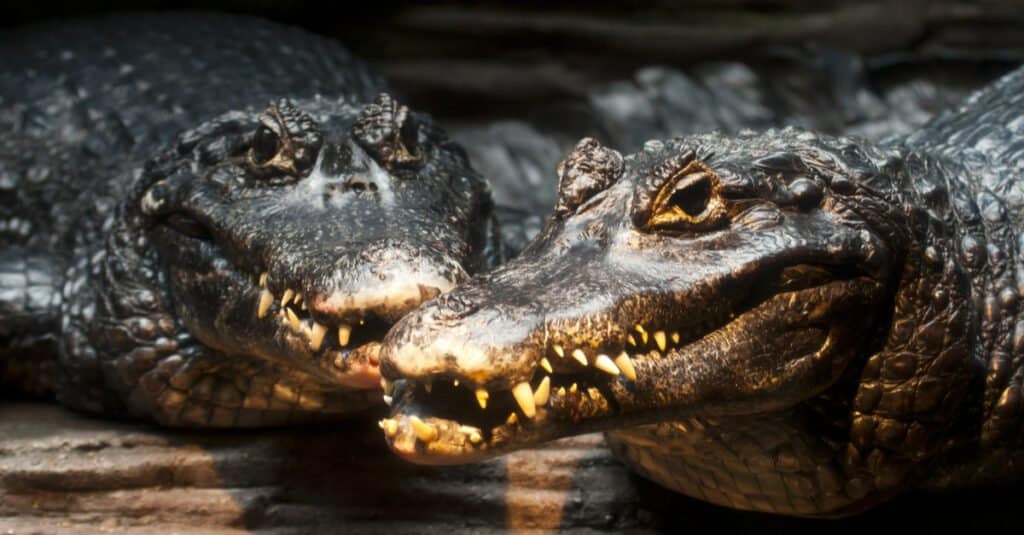
Caimans can hold out for several hours and possibly days in salt water.
©Glenn Young/Shutterstock.com
Rivers, swamps, lakes, streams, and ponds are common habitats for alligators, similar to freshwater ecosystems. On the other hand, they may be able to hold out for several hours and possibly days in salt water. One animal that can survive in both fresh and saltwater is the crocodile.
2. Caimans Lower Their Metabolism in Cooler Seasons
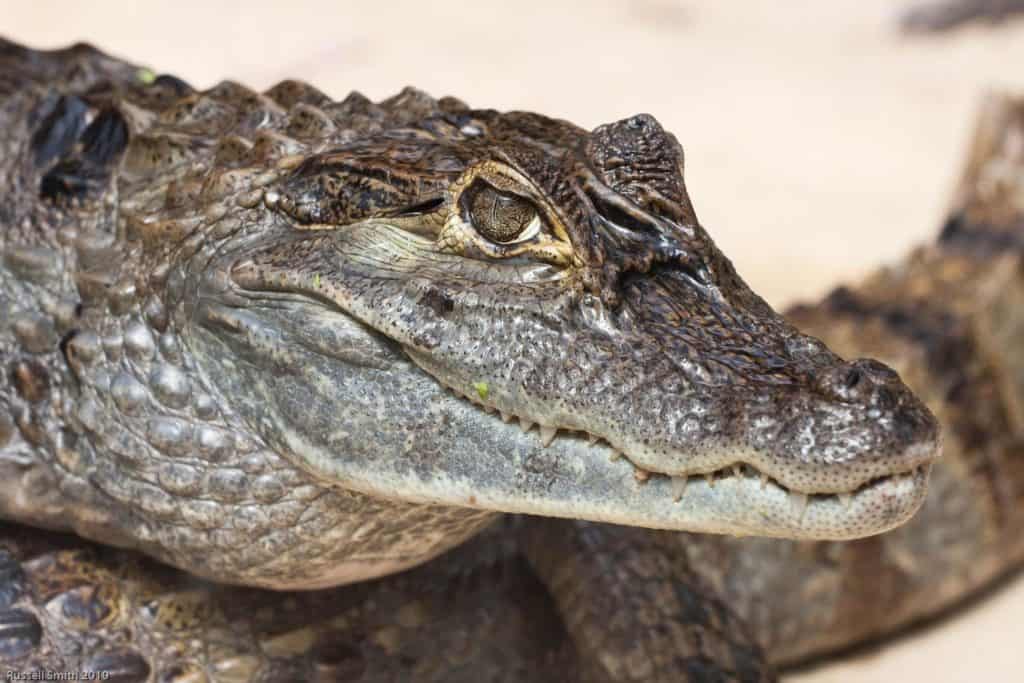
Caimans can decrease their metabolism to help them tolerate the harsher climate, they enter a latent and inactive state.
They could go into aestivation in the summer or during droughts. During aestivation, a type of hibernation where the caiman decreases its metabolism to help it tolerate the harsher climate, it enters a latent and inactive state.
3. Male Caimans Put on Elaborate Displays to Court a Mate
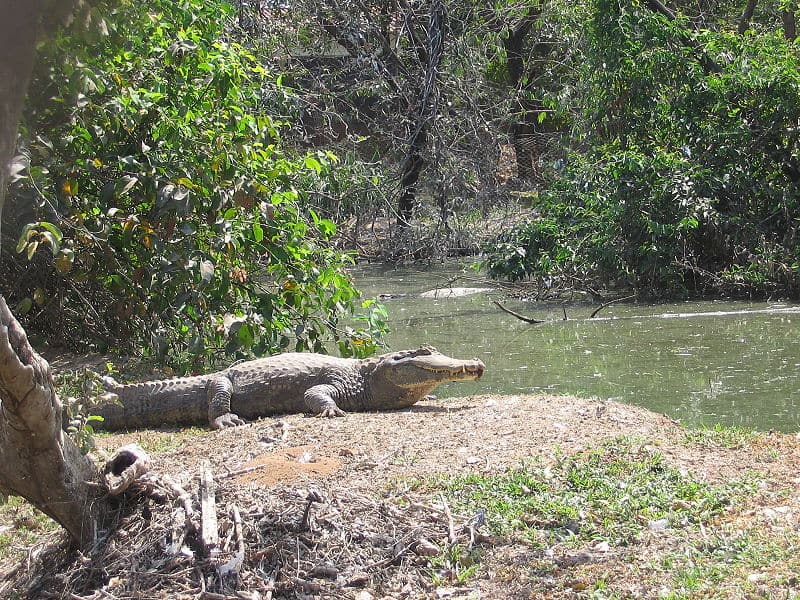
Caimans reach sexual maturity between the ages of four and seven,.
Male caiman will emit low-frequency bellows (infrasound) that cause the waters around them to shake to attract potential mates. The human ear cannot hear these bellows. Spectacled caimans share multiple partners. Males try to mate with as many females as they can. Between the ages of four and seven, they reach sexual maturity. They behave aggressively and aggressively in the mating season.
4. Caimans Will Eat Almost Anything
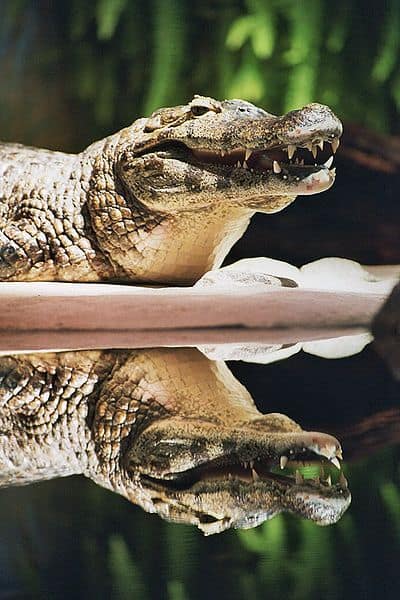
Caiman may wait for their prey to decompose before eating it if their catch is too big for them to swallow.
Caimans are apex predators who will consume nearly anything they can fit in their mouths. This includes deer, turtles, cattle, monkeys, snakes, and numerous species of birds. Caiman cannot chew, just like crocodiles. The result is that they must swallow their prey completely. Caiman may wait for their prey to decompose before eating it if their catch is too big for them to swallow.
5. Caimans Have Great Hearing
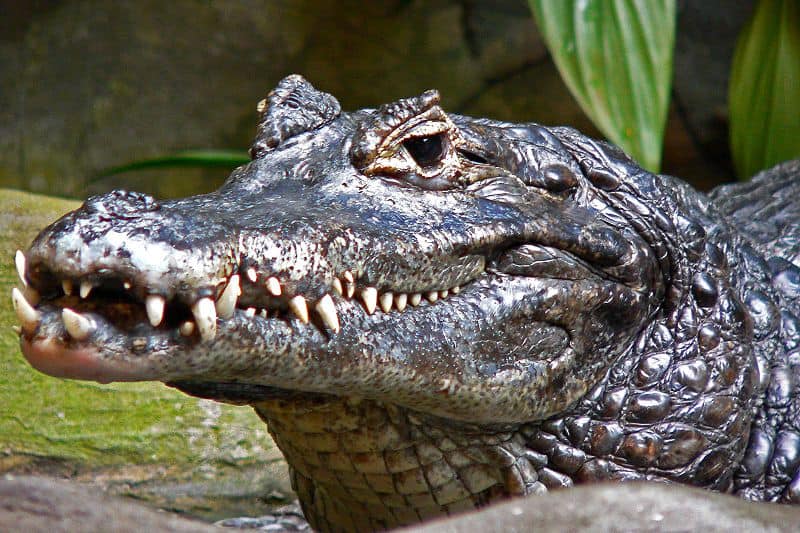
Caimans can hear sounds that humans cannot because their ears are situated right behind their eyes.
©Stan Shebs, CC BY-SA 3.0, via Wikimedia Commons – License
Caimans have exceptionally good hearing. Caimans may have difficult-to-find ears, but they have excellent hearing. They can hear sounds that humans cannot because their ears are situated right behind their eyes.
6. Caimans Are Mostly Nocturnal
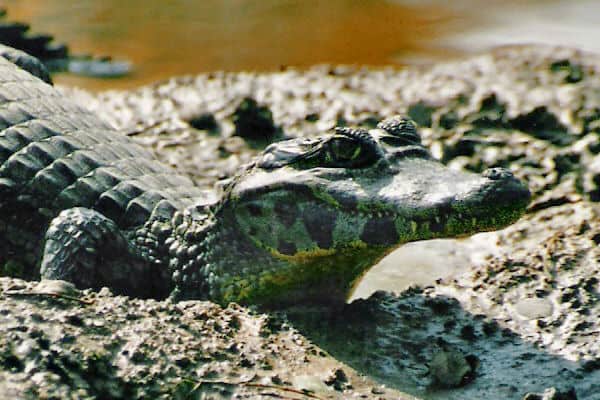
The caiman’s black skin makes it nearly impossible to see them in the dark.
Caimans will laze around in the sun or cool down in the water for most of the day. At night, they will become more active and hunt. The caiman’s black skin makes it nearly impossible to see them in the dark.
7. Caimans Replace Old Teeth Very Quickly
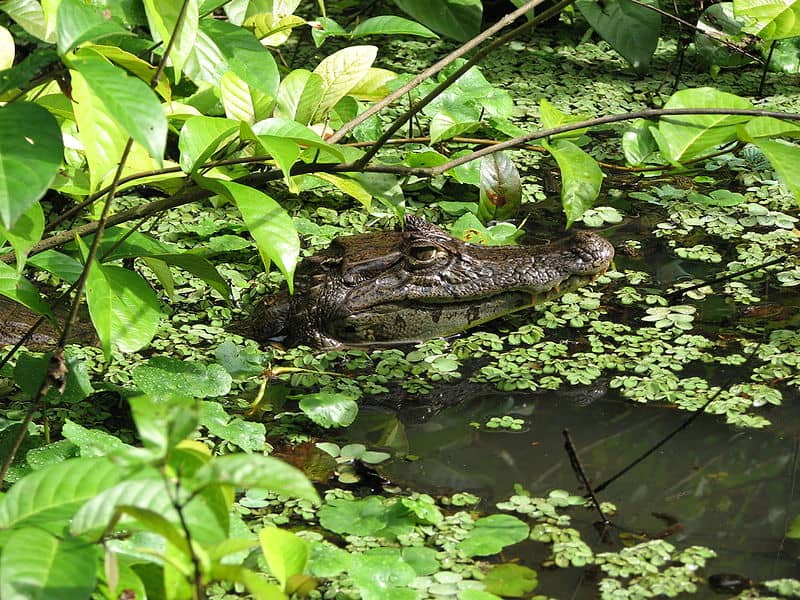
In one lifetime, caimans can produce hundreds of teeth.
They have one of the strongest bites in the animal kingdom. Caiman teeth can deteriorate and age over time. They will eventually lose these teeth and develop new ones as a result. In one lifetime, caimans can produce hundreds of teeth.
8. Caimans Are Ambush Predators
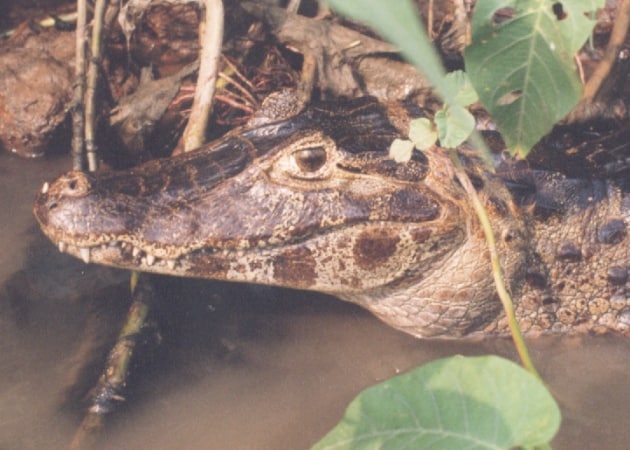
Caimans will patiently wait for prey, hovering almost motionlessly just below the water’s surface.
©J. Stolfi / Creative Commons – License
A carnivore called an ambush predator uses trickery to capture its prey. Ambush predators typically use camouflage and brief bursts of movement to attack prey rather than stalking like a lion, group hunting like chimps, or depending on power or speed.
Numerous species, including some fish, reptiles, spiders, and even mammals, are categorized as ambush predators. Caimans will patiently wait for prey, hovering almost motionlessly just below the water’s surface. They will lunge and latch onto their next meal as soon as the prey is within striking distance.
9. They Have a Strong Sense of Smell

Crocodilians’ highly developed sense of smell enables them to locate prey or animal carcasses on land or in water from a great distance. Crocodiles may use olfaction in the egg before hatching. The olfactory bulb, the part of the brain that controls scent, is highly noticeable in caiman brains. Caimans can easily look for and hunt for prey using their excellent sense of smell.
10. Caimans Once Faced Extinction
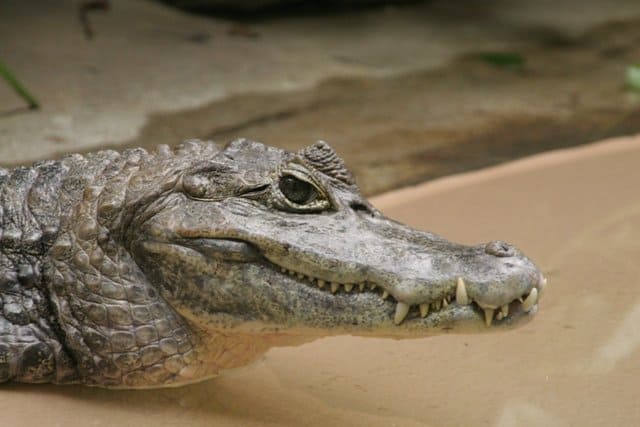
According to some sources, caiman numbers were restocked and raised steadily due to conservation measures.
©Robert Lawton / Creative Commons – License
Although the IUCN currently categorizes caimans as a species of “least concern,” this wasn’t always the case. Caiman populations were significantly reduced due to more frequent hunting for harvesting scales and skin for clothing.
According to some sources, caimans have all but disappeared, and their numbers were restocked and raised steadily due to conservation measures.
Related Animals:
The photo featured at the top of this post is © Artush/Shutterstock.com
Sources
- Wikipedia, Available here: https://en.wikipedia.org/wiki/Caiman
- Amazon Aid Foundation, Available here: https://amazonaid.org/species/caiman/
- Britannica, Available here: https://www.britannica.com/animal/caiman-reptile-group
Thank you for reading! Have some feedback for us? Contact the AZ Animals editorial team.



